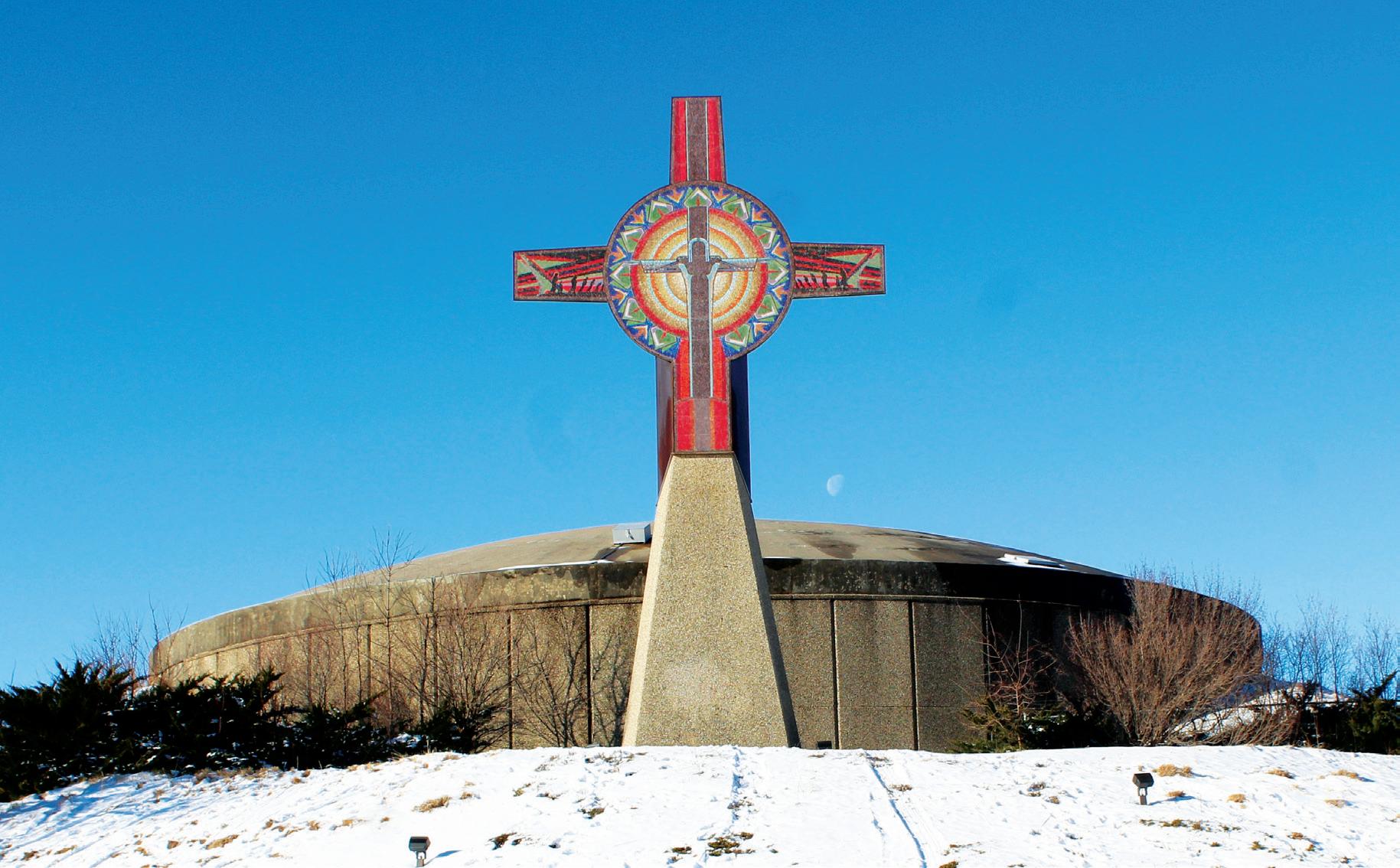
3 minute read
Changes in transportation program
In 1932, John G. Neihardt wrote the classic book Black Elk Speaks, an extended narration of the visions of Black Elk, an Oglala Lakota medicine man who lived from 1863 to 1950.
A graduate of Wayne State College, Neihardt is the Poet Laureate in Perpetuity of Nebraska. The John G. Neihardt State Historic Site was established in Bancroft, Neb. to commemorate the work of this noted writer, poet, and historian who lived from 1881 to 1973.
Advertisement
Black Elk fought in the Battle of Little Bighorn in 1876 and survived the Wounded Knee Massacre 14 years later.
Black Elk Speaks was written following a series of interviews Neihardt held in 1931 with Black Elk on the Pine Ridge Reservation in South Dakota. Black Elk’s Lakota words were interpreted into English by his son, Ben Black Elk.
These days, visitors are encouraged to stop by Black Elk-Neihardt Park, 80 acres of rolling hills established in 1975 on the northwestern edge of Blair, Neb. The Washington County park features a picnic shelter, playground, Frisbee golf course, paved walking trail, and the 44-feet tall Tower of the Four Winds, also known as the Black Elk Memorial.
The tower – dedicated in June 1987 – features a mosaic designed by F.W. Thomsen, an art professor emeritus at nearby Dana College which closed its doors in 2010.
Below and in front of the tower are plaques that include Black Elk’s interpretation of the four directional winds:
North: Where the Great White Giant lives in power and the source of the cold and mighty winds which give strength and endurance.
East: The source of the light of day and where the morning star lives. From the light of the east comes wisdom and understanding, and from understanding, peace.
South: The source of summer and the power to grow.
The 44-feet tall Tower of the Four Winds – designed by Dana College art professor emeritus F.W. Thomsen – was dedicated in 1987.
West: Where the thunder beings live. The thunder beings have the power to send rain or lightning as well as the power to bring life or to destroy. Another nearby plaque at the site further describes the tower:
The Universal Messiah with outstretched arms blessing all people stands within the tree of life. Around them is an ever-widening circle of light forming the hoop of the world which holds all living things. Singing birds fly between the cottonwood leaves radiating from this sacred tree. Two roads cross this hoop of the world.
Black Elk said: “The good road and the road of difficulties you have made to cross and where they cross, that place is holy.”
Black Elk-Neihardt Park is located at the intersection of College Drive and North 32nd Street, the highest point in Blair. For more information, go to Blairnebraska.org/BlackElk-Neihardt Park.
Rural Transportation Program Changes

Rural Rural
Urbanized Omaha
Rural

Yellow area inside red boundary lines is considered to be “Urbanized Omaha.”
Remaining areas on map inside ENOA’s five-county service area (Douglas, Sarpy, Dodge, Cass, and Washington counties) are considered to be rural. The Eastern Nebraska Office on Aging’s Rural Transportation Program will no longer offer rides where both the origin and destination are within the boundaries that are defined by the US Census Bureau as Urbanized Omaha.
Changes go into effect July 1, 2021. ELIGIBLE TRIPS:
• Urbanized Omaha to Rural • Rural to Urbanized Omaha • Rural to Rural To Learn more please attend our virtual public hearing Monday, March 1, 2021 at 1:30 PM






